Ortofon's MC 90X Further Refines A Groundbreaking Design
that "groundbreaker" being the A90
Ortofon celebrated its 90th anniversary by launching in 2009 the MC A90 ($4200) a revolutionary moving coil phono cartridge, the first to use SLM (Selective Laser Melting) to 3D "spray" an impossible to machine-shaped body using melted stainless steel powder. The result was a highly rigid, dense, low resonance minimalist body that resembled no other cartridge.
The A90 also made use of a newly developed remarkably "dead" elastomer used in the damper. The minimal body held the "motor" upfront in a "pinched between two fingers" arrangement.
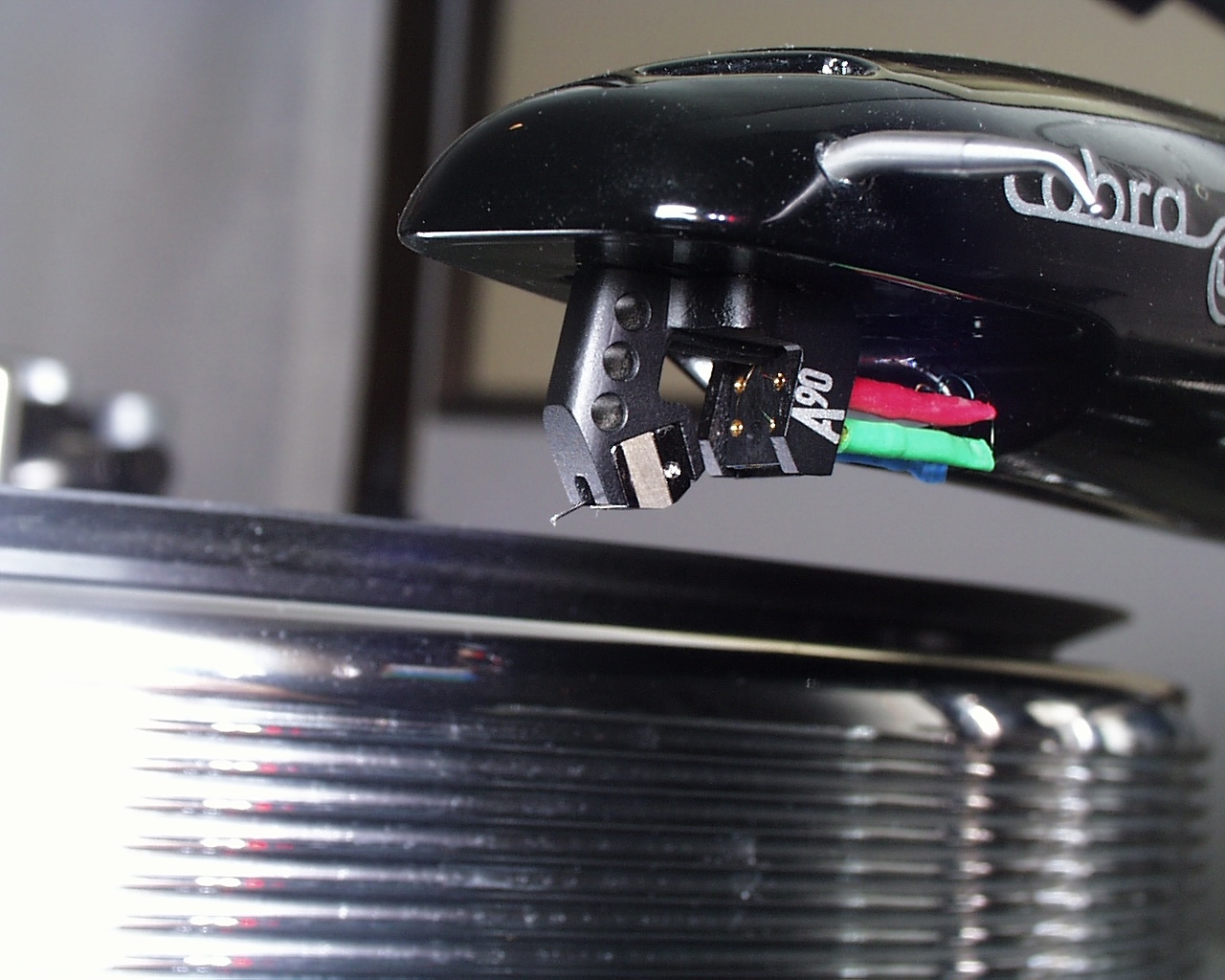
Though startlingly new outside, the A90, limited to 400 units, utilized a series of magnetic generator elements filched from older Ortofon cartridges including a boron cantilever to which is cemented Ortofon's close to a cutting stylus shaped Replicant 100. That and many other acronym laden elements like the FSE (Field Stabilizing Element), WRD (Wide Range Damping System) along with Aucurum coils of gold-plated 6NX oxygen-free copper, were utilized in the original Windfeld, named after Per Windfeld, predecessor to Leif Johannsen then beginning his role at Chief Officer of Acoustics and Technology.
FSE helps insure magnetic field uniformity even as the armature (the structure around which the coils are wound) moves within the magnetic field. This is said to improve dynamics and reduce IM distortion as well as produce improved sound staging. WRD, originally introduced in the 1970s, sandwiches a heavy platinum disc between two elastomer dampers with differing characteristics. The system is claimed to insure uniform damping throughout the cartridge's full frequency range and smooth extended high frequency response tracking at 2.3 grams.
Reviews were mixed, in part because setting up a Replicant stylus requires a great deal of care and attention, especially regarding VTA/SRA (many reviewers were unknowingly criticizing their own set-up ineptitude) and the A90's exceptional lack of coloration disappointed those who wanted a cartridge that leans "warm". Ironically the original Windfeld did "lean warm" (as does the Windfeld Ti. It was like the "Dockers" ("Dad" pants) of cartridges: a comfortable fit. Properly set up, and in the right system the A90's sonic performance was groundbreaking IMO. I loved its fast, clean neutrality, its retrieval of fine detail and I was happy to add "warmth" or other timbral characteristics elsewhere in the chain.
Five years later came the MC A95, limited to 500 units, which sounded as it looks compared to the A90: the midband was somewhat more "fleshed out" and enriched, the overall sound more "graceful", yet all of the A90's exceptional linear performance characteristics were retained.
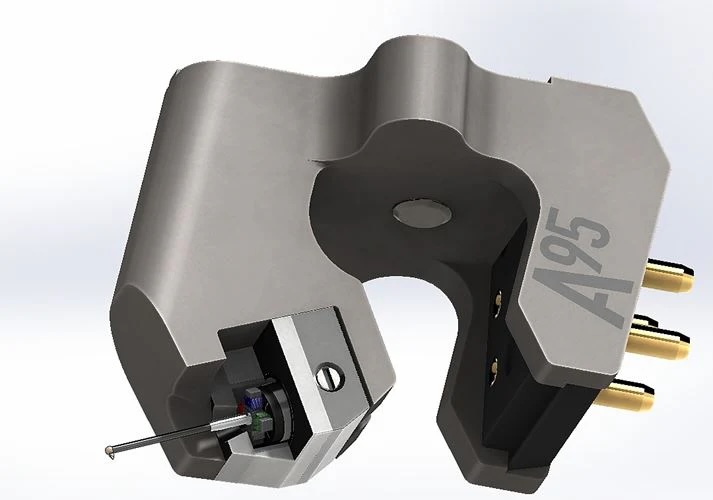
Physically, it was similarly "thicker", but it retained the A90's singular shape, this time SLM'ed out of powdered titanium, a material with even greater rigidity and self-damping properties compared to stainless steel. The MC A95 used powerful neodymium magnet system, lighter and more compact than the A90's. The coil former, though not non-magnetic (which has considerable advantages including lower mass) was less magnetic than the one in the A90.
In Stereophile a decade ago I gushed: "... I directly compared the A90 with the A95, and while the A90 remains among the fastest, most neutral cartridges I’ve ever heard, the A95 produced wider dynamics—particularly in the bottom octaves—and a generally richer, more fully fleshed out sound. If the A90 literally brought the Windfeld out of its protective shell, the A95 is the A90 on testosterone..."
The MC 90X
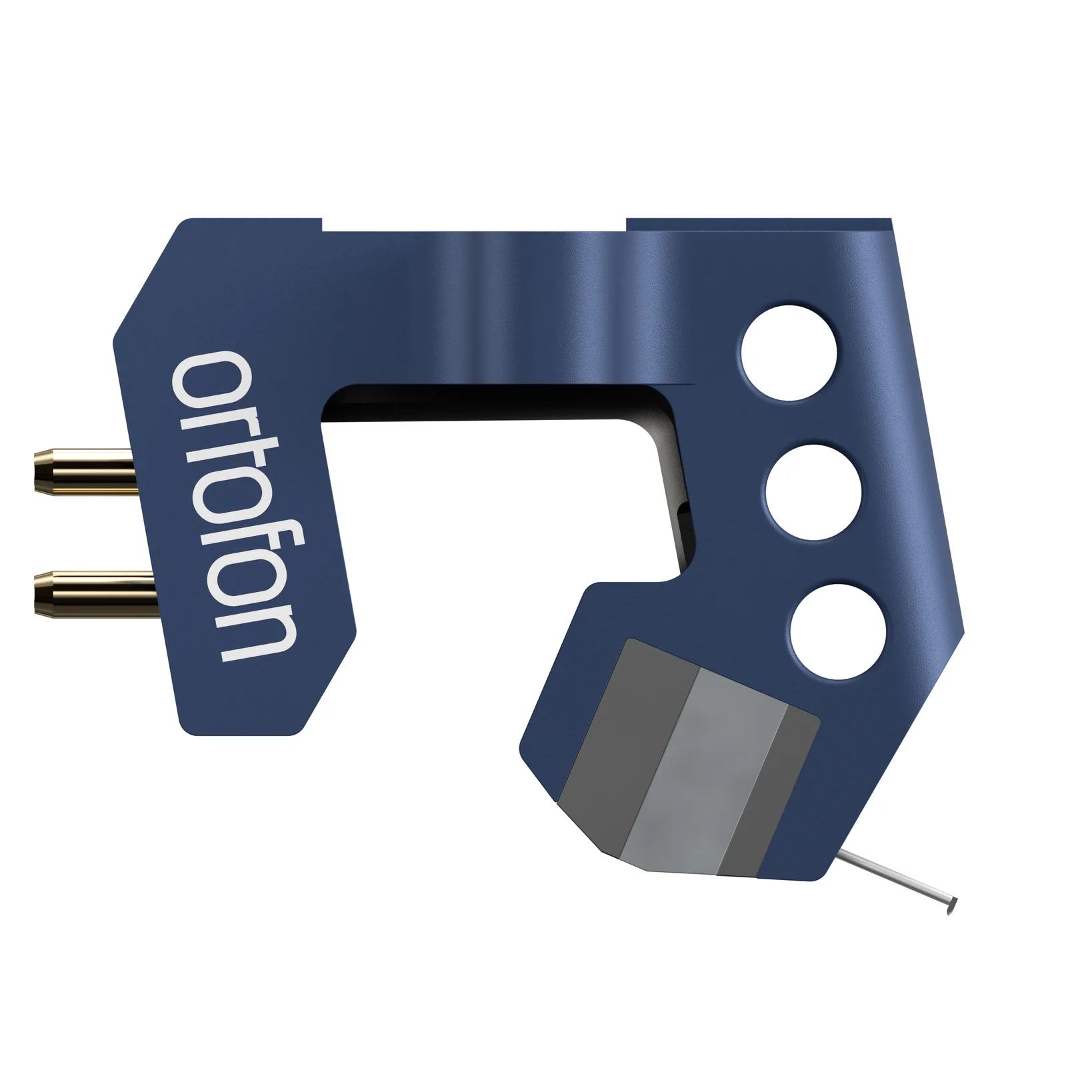
In its literature Ortofon says "The MC 90X is a reimagining of a classic, combining precision engineering with advancements in material science and magnetism". I'm glad they refer to the A90 as a "classic" because surely it is. Ortofon reverted to A90's shape and stainless steel powder construction and retained FSE and WRD, so is the 90X simply a blue A90?
No because the 90X ($5499) incorporates a "refined" damping system using newly developed elastomers, and these materials are key to sonic performance, as is how the elastomers behave under dynamic conditions installed in a tonearm. By the way $4200, which was the A90's cost in 2009 is $6003 in 2025 dollars, so the new 90X is actually $500 less expensive than the A90.
An aside: Ortofon threw a 100th Anniversary party in 2018 and I was asked to give a speech and got a second factory tour during which the company's elastomer R&D and manufacturing prowess was highlighted.
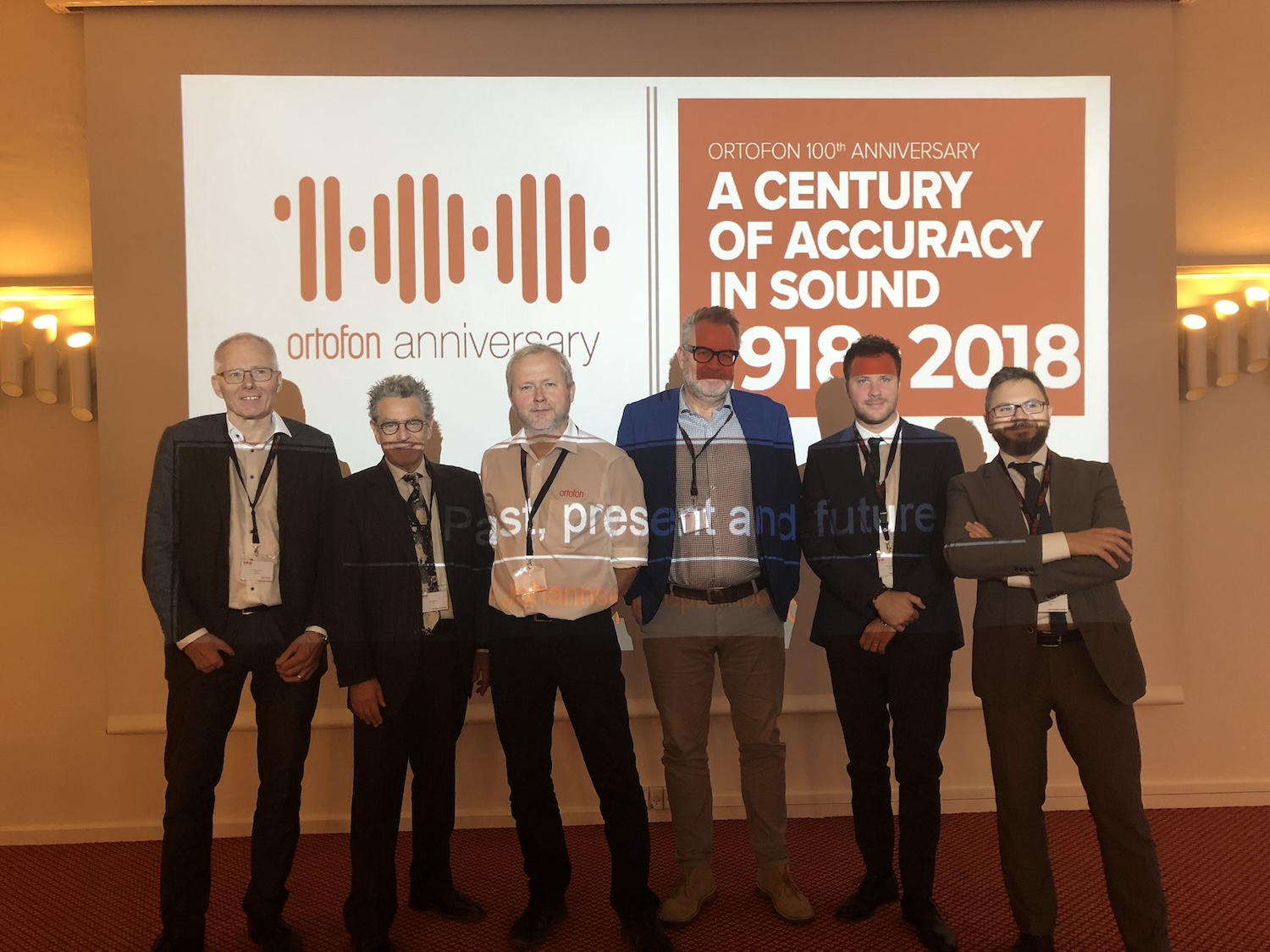 L-R Cristen H. Nielsen, Ortofon Chairman, me, Leif Johannsen, and 3 gentlemen whose names I unfortunately don't recall.
L-R Cristen H. Nielsen, Ortofon Chairman, me, Leif Johannsen, and 3 gentlemen whose names I unfortunately don't recall.
The Ortofon story involves a venture capital buyout by a group led by Mr. Nielsen, which realized that to survive the company needed to expand beyond its core cartridge business (which at the time was pre the "vinyl resurgence" and depended more on the D.J. part of the business. Ortofon successfully expanded into other areas such as bone conduction hearing aids, and elastomer R&D for both the hearing aid and medical device industry. The expertise was also extremely useful for cartridge elastomer development.
At Munich High End 2009 Mr. Nielsen nervously asked me "Do you think this interest in vinyl is sustainable and will continue?" I told him "I think so, but predicting the future is not by business!" At the time I didn't realize that he'd just recently literally bought the company! He asked the same question at the A95 launch just as the vinyl resurgence began to really take off. At the 100th anniversary event as vinyl and Ortofon's cartridge business was really taking off, we both laughed about the old apprehensive days!
This photo shows a mold just removed from an oven. Each of those tiny circles is an elastomer ring used in a cartridge suspension. Here's a short video showing how the elastomer material is prepped going through a rolling machine. It produced a humorous moment:
Now back to the cartridge review!
These are the specs of the original A90:
Output voltage at 1 kHz, 5cm/sec. - 0.27 mV
Channel balance at 1 kHz - < 0.2 dB
Channel separation at 1 kHz - > 28 dB
Channel separation at 15 kHz - > 22 dB
Frequency range at - 3dB - 10 Hz - 80 kHz
Frequency response - 20 Hz - 20 kHz + / - 1 dB
Tracking ability at 315 Hz at recommended tracking force - 100 µm
Compliance, dynamic, lateral - 16 µm/mN
Stylus type - Special polished Nude Ortofon Replicant 100 on Boron Cantilever
Stylus tip radius - r/R 5/100 µm
Tracking force range - 2.0- 2.5 g (20-25 mN)
Tracking force, recommended - 2.3 g (23 mN)
Tracking angle - 23°
Internal impedance, DC resistance - 4 Ohm
Recommended load impedance - > 10 Ohm
Cartridge body material - SLM Stainless Steel
Cartridge colour - Black
Cartridge weight - 8 g
Note the few differences by comparing to the 90X's in the specs box below:
the A90 had slightly higher output (.27mV vs .25mV,
the A90 is 1.5g lighter
...the biggest difference between the original and the X is lateral compliance: the A90's lateral compliance is 16µm/mN, the 90X's 11µm/mN. Is that why the A90 and 90X sound different from one another? Probably. And the compliance difference is probably related to the new elastomer.
Set Up and Build Quality
This 90X sample was superbly built and I'm sure it was "off the shelf" and not specially inspected and sent for review. How do I know that? I don't but that's what I think. These upper end Ortofons are hand-built and adjusted.
I mounted the 90X on the Supatrac Nighthawk arm (review coming shortly). Set up with the arm parallel to the record and the cantilever perpendicular to the record (using the Wally Reference tool), SRA was close to 93 degrees and azimuth required only a bit of tweaking to produce approximately 30dB separation (L-R and R-L). Channel balance was 0.1dB. I used the Wally Skater to set anti-skating.
Tracking at 2.3 grams produced "mind blowing" results using Ortofon's test record. Tracks 9-15 measure lateral tracking ability at 50µm-100um peak. This cartridge perfectly tracked the 90µm track, which is extremely rare for an MC cartridge and more amazing was that it tracked the 100µm track! Not perfectly, but with only minor "buzz"! Most cartridges just slide off the track or the entire record!
Is the Supatrac partially responsible? Not sure. I'll report in that review because I'm anxious to get this review posted so I'll leave it at that: this cartridge is a superb tracker!
Could the lower lateral compliance be at least partially responsible for the excellent lateral tracking? Absolutely. In part that would be true because the less compliant horizontal damping means the system is less sensitive/susceptible to skating or anti-skating forces.
Smoother, Fuller, Richer Sonic Presentation
Big surprise right out of the box. Despite the relatively similar measurements, the 90X's overall timbral and textural presentation is nothing like the A90's and while it's closer to that of the A95, the sonic differences between those now "ancient" cartridges and this one are considerable.
The differences are comparable to what happened when Lyra went from its original Atlas and Etna cartridges to its Lambda series: a relatively small tech tweak produced a monumental sonic shift from detailed, but on top somewhat thin and clinical (Lyra detractors would laugh at "somewhat") to supple and sweet, yet with no diminishment of frequency response linearity, detail resolution or transient precision.
There's a sweetness and effortlessness to the 90X's textural presentation that for Ortofon, in my experience at least, is a new sonic realm though the MC Diamond was mostly there. Even the slightest hint of "clinical" has been banished, yet Ortofon's signature transient speed, clarity and overall transparency and linearity haven't lost a step. The 90X is as "fast" and exciting as its predecessors. After playing dozens of records I can't ascribe a color or a temperature to the sound unless "inviting" somehow fits in there.
The recently released Lieutenant Kijé Suite/Skythische Suite/Scythian Suite Original Source series reissue with the CSO conducted by Claudio Abbado (DGG 4867127) is both a sonic spectacular and a notable series of performances. This "...Kijé" may for me replace the Reiner/CSO "Living Stereo" release (LSC-2150) for both performance and sound. The dynamics are literally scary. One outburst made a visitor jump! The opening distant cornet followed by drum and piccolo appear believably in three-dimensional space. Later, powerful war-like timpani rumbles hit with major dynamic force, mallet and skin textures intact. Snare drums snap crisply (a word I hesitate to use), massed strings march richly yet emphatically, the key solo instruments in the piece, saxophone and trumpet present themselves deep in three-dimensional space, timbrally vibrant, and the 90X effectively delivers the large reverberant hall, turning your space into the concert hall. This record alone buries old clichés about Ortofon's "clinical" sound!
Monty Alexander's Love You Madly Live at Bubba's (2xHDRE-V1187) a double 45 AAA "you are in the nightclub" 1982 recording more recently mixed from 24 to two track analog provides a great tracking test as Monty has been known to do some keyboard pounding not to mention "melody quoting", both of which he does plenty of on this super entertaining set and very well recorded set.
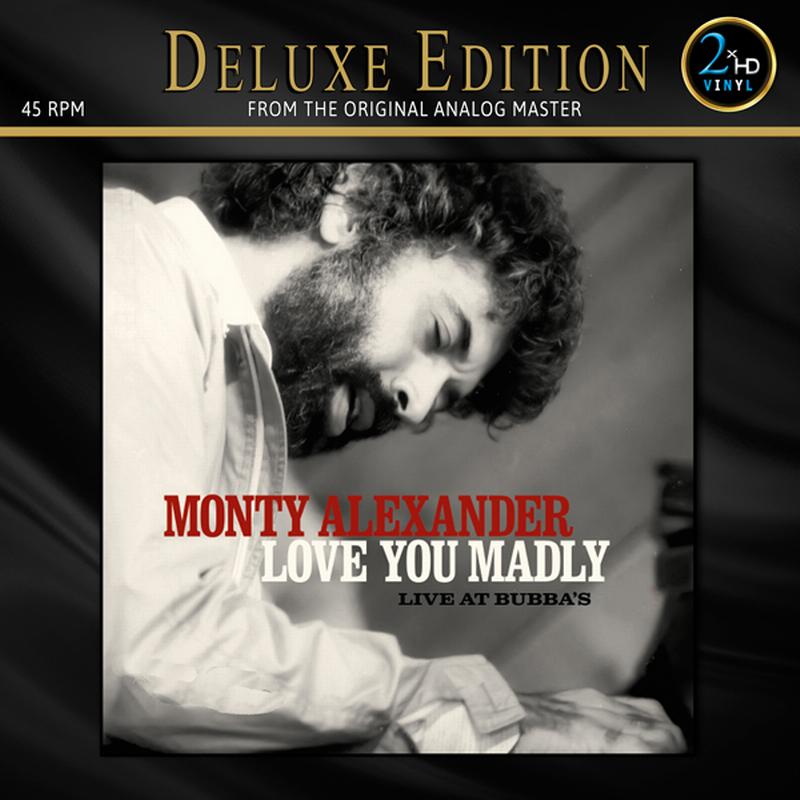 It's a tracking test the 90X passes with ease. Alexander is accompanied b a drummer, a percussionist and a bassist none of whom hold back keeping up with the pianist's exuberance. There's some more to be extracted from the recording of the piano's upper keys, but at far greater cost. Meanwhile this cartridge playing this record produces another "you are there" performance.
It's a tracking test the 90X passes with ease. Alexander is accompanied b a drummer, a percussionist and a bassist none of whom hold back keeping up with the pianist's exuberance. There's some more to be extracted from the recording of the piano's upper keys, but at far greater cost. Meanwhile this cartridge playing this record produces another "you are there" performance.
Okay I'm going to self-indulge here with a photo of me and Monty taken at Birdland shortly after I interviewed him.
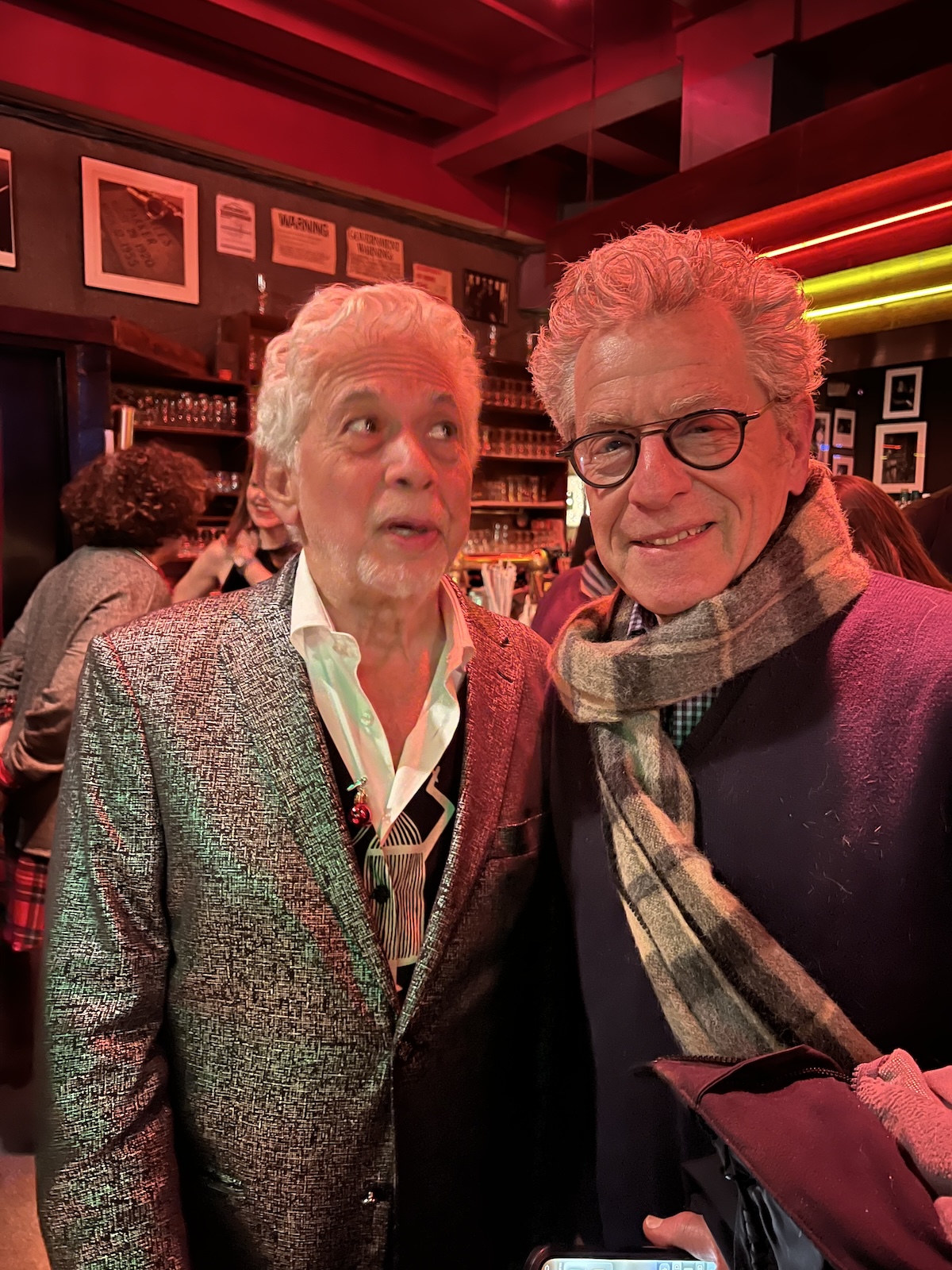 I recently picked up a collection of unplayed "Living Stereos", London "Bluebacks", a sealed M&K D2D all kinds of great records and tapes for free! One record was Ella Fitzgerald Sings the Irving Berlin Songbook (Verve MG VS-6005-2) recorded in Los Angeles and released in 1958. It's an early stereo record but whoever engineered it spreads the full orchestra (conducted by Paul Weston) across the soundstage with Ella standing in front.
I recently picked up a collection of unplayed "Living Stereos", London "Bluebacks", a sealed M&K D2D all kinds of great records and tapes for free! One record was Ella Fitzgerald Sings the Irving Berlin Songbook (Verve MG VS-6005-2) recorded in Los Angeles and released in 1958. It's an early stereo record but whoever engineered it spreads the full orchestra (conducted by Paul Weston) across the soundstage with Ella standing in front.
The album was nominated for "Album of the Year" at the first ever Grammy Awards but lost. Ella though won for "Best Vocal Performance, Female" for her singing on this record.
 Some of these early stereo records lack bottom end "oomph" and this is one of them but everything else is quite good, especially since it was probably recorded "live" with everyone playing simultaneously into a two track recorder. There's a saxophone solo on "How Deep Is the Ocean" that's noteworthy for its clarity and timbral verisimilitude but it's Ella's voice that's so mesmerizingly presented center stage in three dimensions. Sibilants are sweet and natural and there's not a hint of mistracking. Yes, the horns are somewhat on the thin side but that's the recording and they never screech. This kind of recording is an open window to high frequency glare, peaks, etc. . The 90X delivered it with smooth sailing.
Some of these early stereo records lack bottom end "oomph" and this is one of them but everything else is quite good, especially since it was probably recorded "live" with everyone playing simultaneously into a two track recorder. There's a saxophone solo on "How Deep Is the Ocean" that's noteworthy for its clarity and timbral verisimilitude but it's Ella's voice that's so mesmerizingly presented center stage in three dimensions. Sibilants are sweet and natural and there's not a hint of mistracking. Yes, the horns are somewhat on the thin side but that's the recording and they never screech. This kind of recording is an open window to high frequency glare, peaks, etc. . The 90X delivered it with smooth sailing.
(Total aside department): an obituary appeared in today's New York Times for Arthur Hamilton who wrote "Cry Me A River" best known by Julie London's version but it was also covered by Aerosmith among many others. The song was one of three Hamilton wrote for the 1955 Jack Webb film "Pete Kelly's Blues". Peggy Lee sang two of them, "Sing A Rainbow" and "He Needs Me". Ella, also in the movie sang "Cry Me A River" but Webb, who also directed and produced, cut Ella's version saying she lacked "the emotional bandwidth". If you're thinking it was Webb, who gave the song to Julie London, who by then was Webb's ex, you'd be wrong, though it's a good guess! Turns out Hamilton gave the tune to London. The two were high school pals! Ella finally did get to sing "Cry Me A River"...on her 1961 winner and audiophile fave Clap Hands Here Comes Charlie. Hamilton called Ella's version "...one of the greatest recordings of it ever." Now back to the cartridge review.
While putting away the Ella I spotted Hank Garland's jazz winds from a new direction (Columbia CS 8372) in which the guitarist best know for his Nashville chops does a jazz turn with Joe Morello on drums, Joe Benjamin on bass and a very young 18 year old Gary Burton on vibes. This is a vibrant "super stereo" recording with Burton splashed across the soundstage, Morello and Benjamin center and Garland, bathed in reverb on the right. Lots for a cartridge to get right (or wrong). The 90X gets it so right I figured I'd give it to you for a listen. Unfortunately we are not yet able to post high resolution files here so it's through YouTube's sonic meatgrinder, which is only half-bad so have a listen (might be blocked in Russia).
Conclusion
Smooth, supple and satiny—words not usually applied to Ortofon MCs—but this cartridge gets them, yet it's also timbrally as neutral as a MC can be with its inevitable high frequency rise probably occurring well above 12kHz. I ran the low internal impedance 90X into one of the CH Precision's transimpedance inputs so no loading is possible.
There's no glare, grain or hyper-edge from this cartridge but if you like "warm" and "comfy" sound the 90X probably isn't for you. If there's real deep bass on the record the 90X will give it to you. If there's no deep bass it won't add lower mid bass to create the illusion of bass.
The 90X's midrange performance is neutral and transparent. Well-recorded classical music like the Original Source series, Decca/Londons and EMI classics all thrive reproduced by this cartridge. Instead of wrapping it here I decided to just be 100% certain of that a conclusion so I played, am playing the ERC reissue of Herbert Downes, Jacqueline Du Pré Music for Viola and Cello (EMI CSD 1499). Popsike shows an original copy sold recently for $2683.00
Sublime chamber music in which cello and viola are joined by guests. On Brahms' "Hungarian Dance No.17" Gerald Moore is on a distantly mic'd piano enveloped in room sound. With all instruments occupying similar timbral space, not a great scenario for lower midrange rich cartridges to properly decode! The 90X effectively removed itself from the proceedings cleanly delivering the piano and the warm strings with physical, timbral and especially textural clarity.
Ortofon has re-invented a "classic" design, maintaining the original's strong suits of high detail resolution, "speed", transient precision and overall timbral neutrality, while adding midband suppleness with a satiny smooth finish. It tracks like a Shure V-15—at least it does in the Supatrac Nighthawk arm—and taking inflation into account it actually costs a bit less than the original did in 2009. What's there not the like? I can't think of anything.
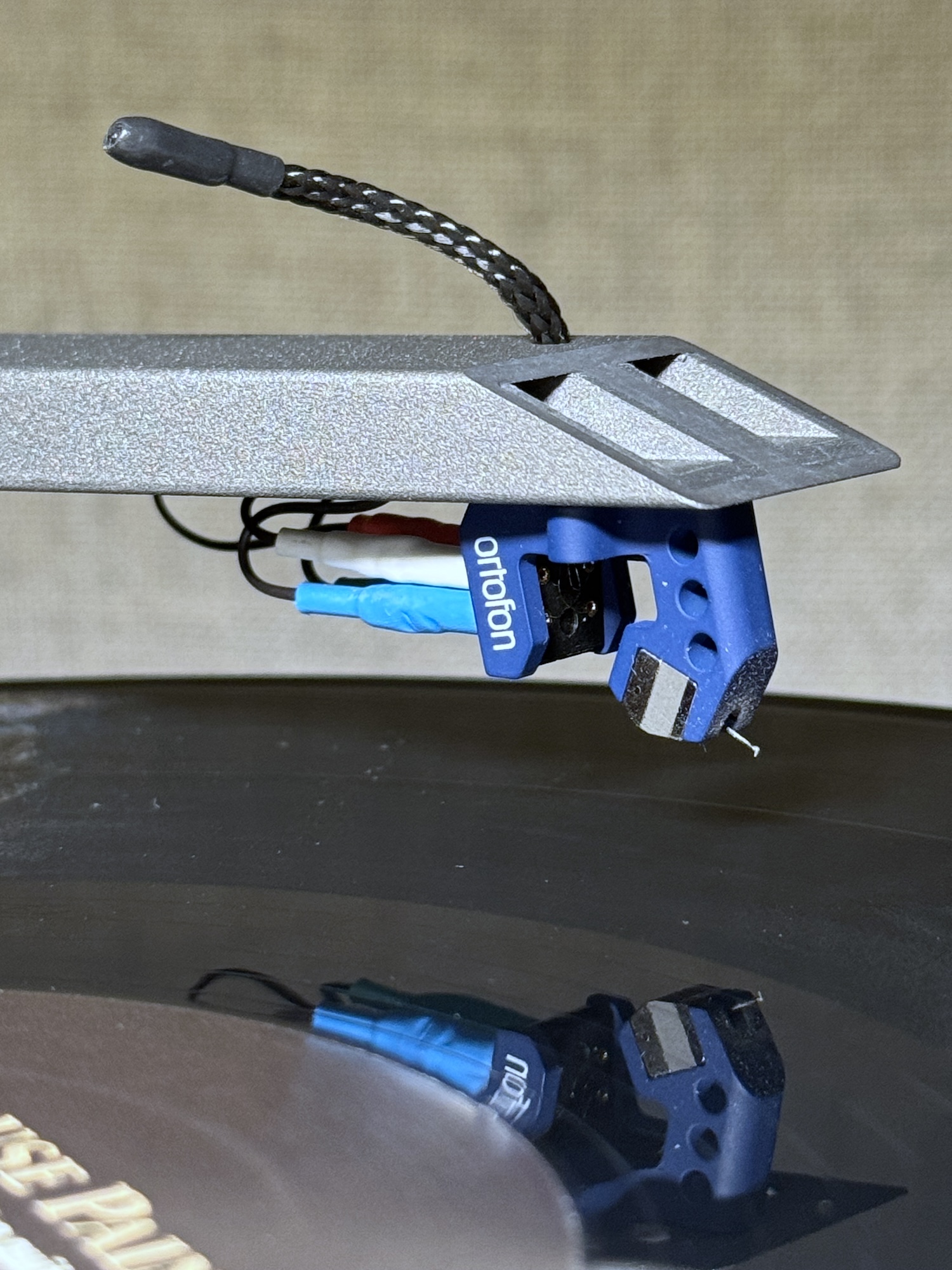
Specifications
Specifications
Channel balance at 1 kHz < 0.2 dB
Output voltage at 1 kHz, 5cm/sec 0.25 mV
Channel separation at 1 kHz > 28 dB
Frequency response 20 Hz - 20 kHz +/- 1 dB
Compliance, dynamic, lateral 11 μm/mN
Cantilever material Boron
Stylus type Ortofon Replicant 100
Stylus tip radius r/R 5/100 μm
Coil system Quad coils
Tracking force, recommended 2.3 grams
Internal impedance, DC resistance 4 Ω
Coil wire material Aucurum (Gold-plated 6NX OFC)
Cartridge weight 9.5 grams
Recommended load resistance >10 Ω
Manufacturer Information
Ortofon USA
500 Executive Blvd # 102
Ossining, NY 10562
(914) 762 -8646


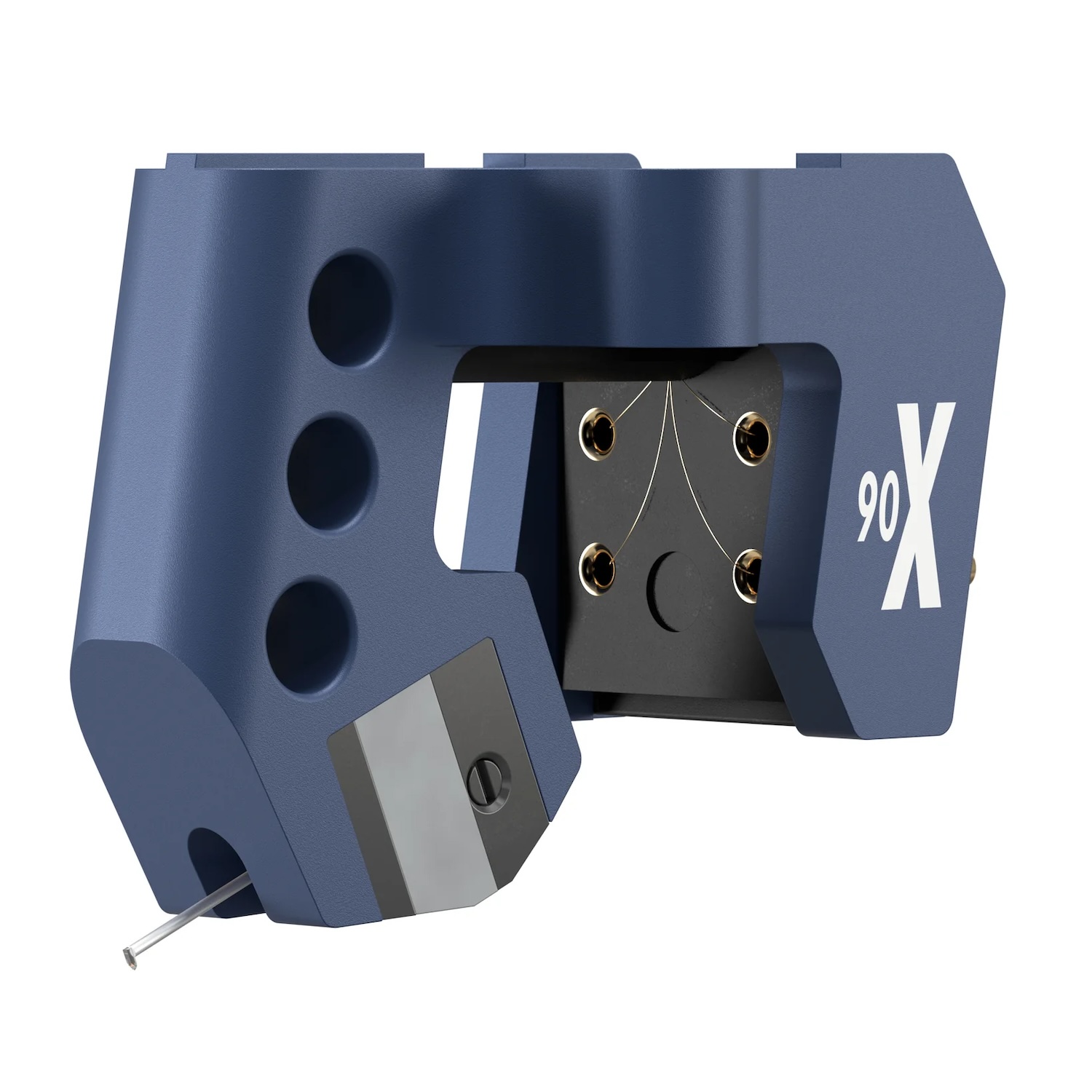

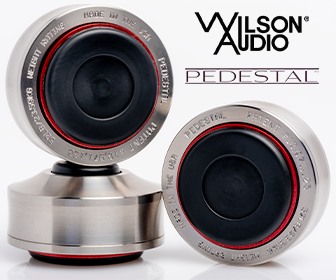
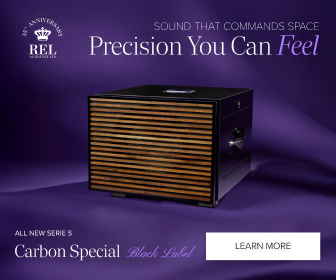
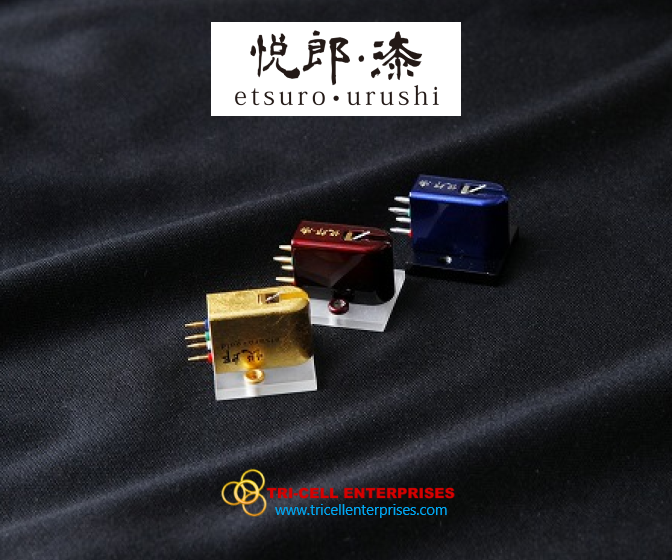
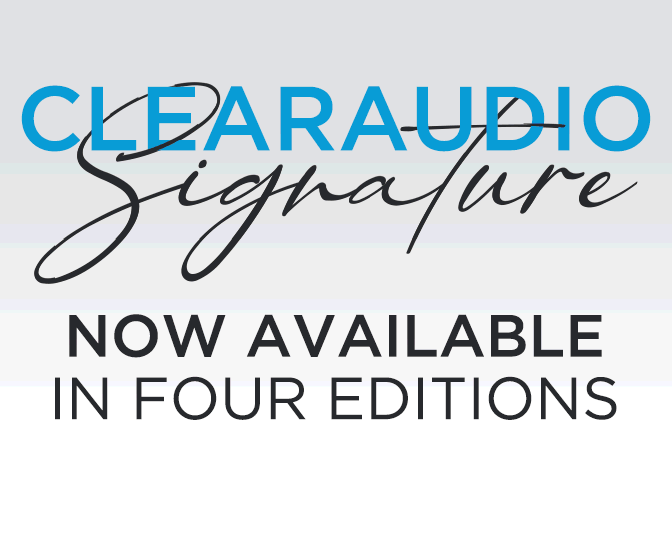
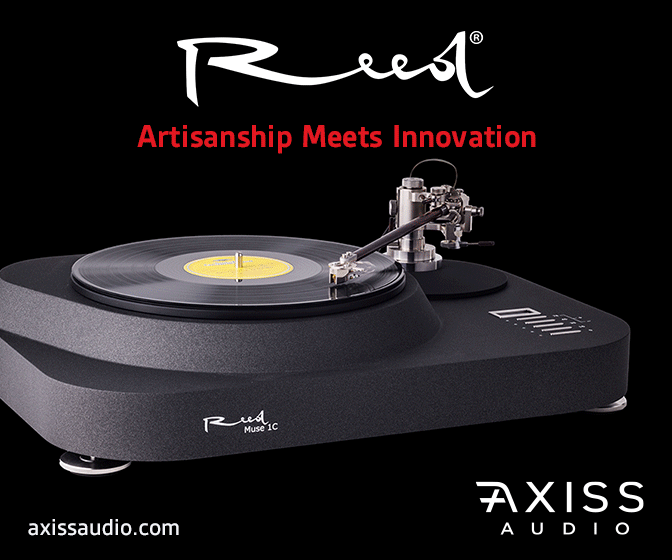
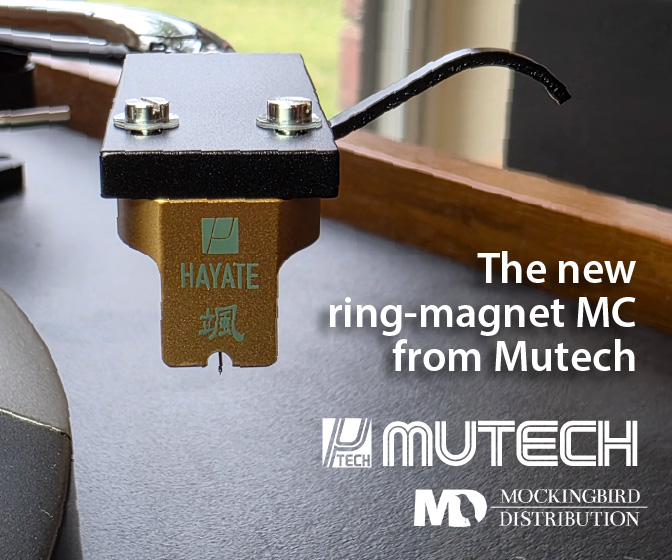
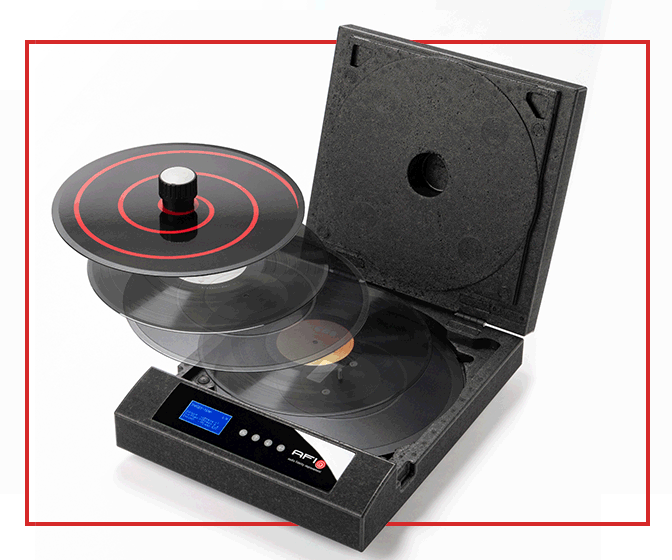
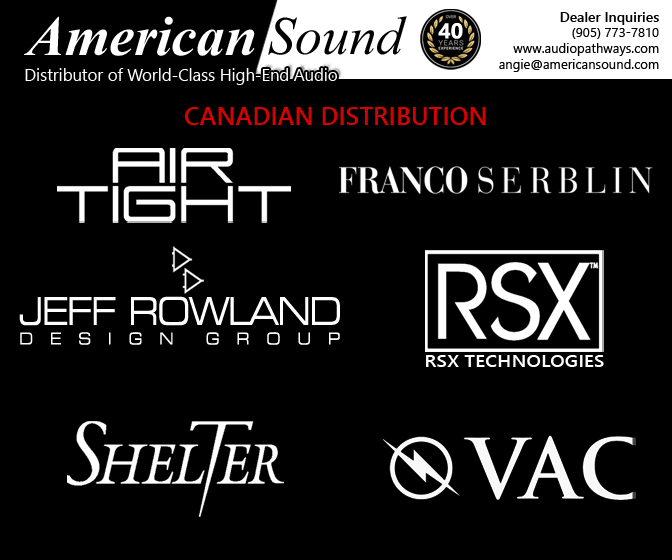
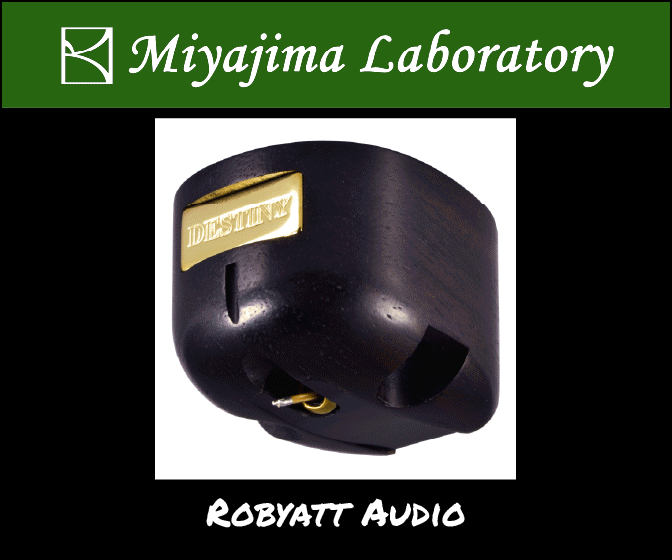
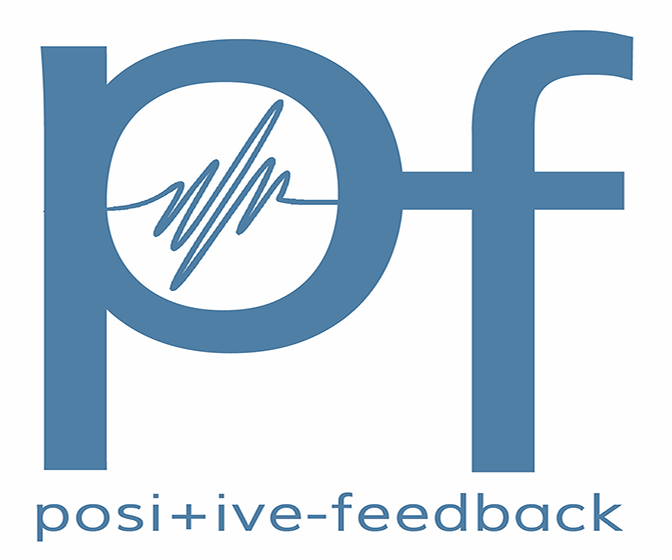

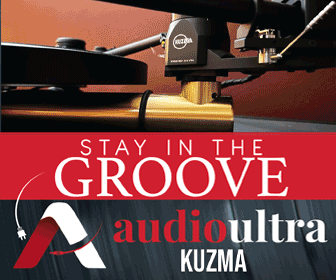
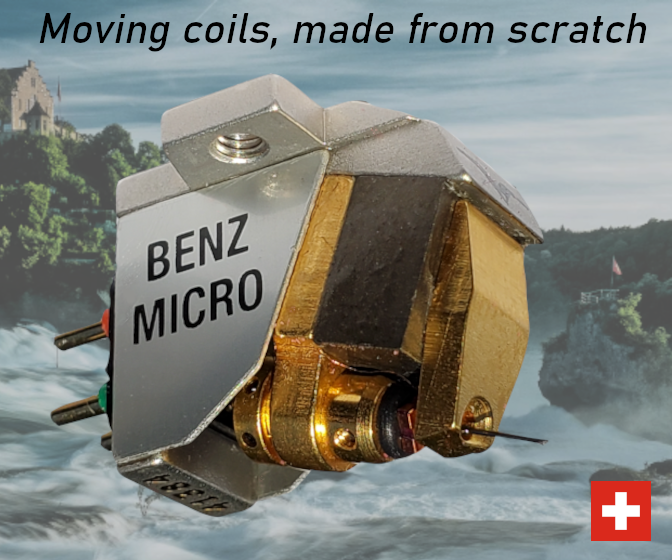

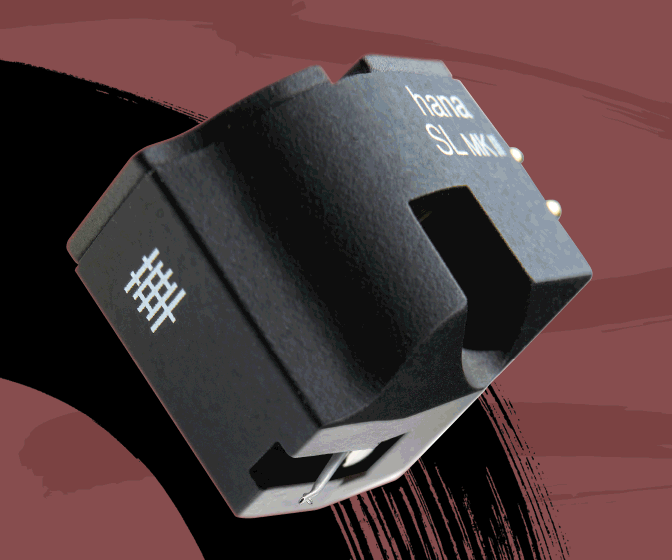
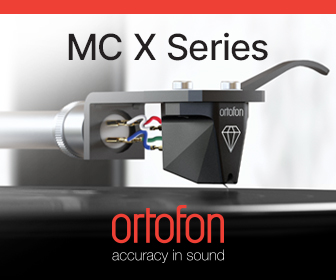
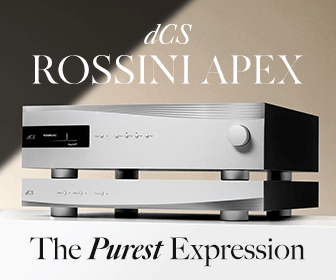
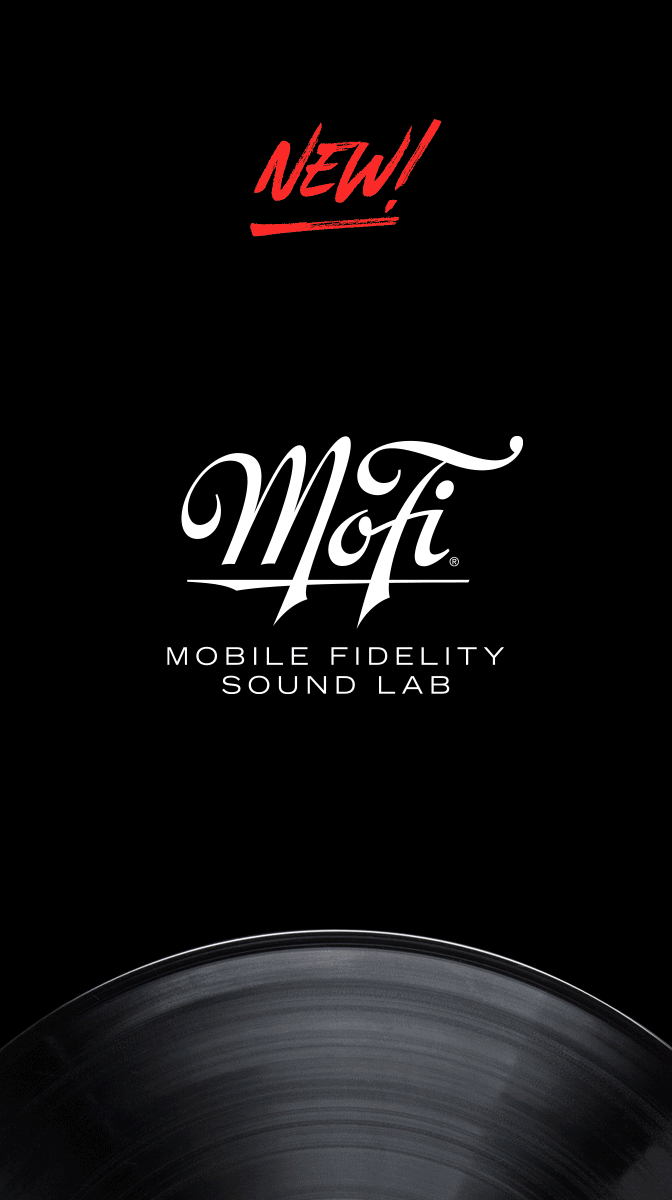
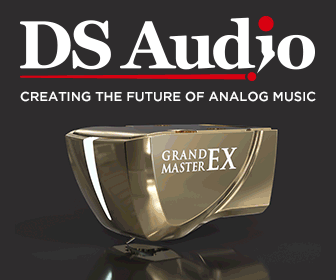
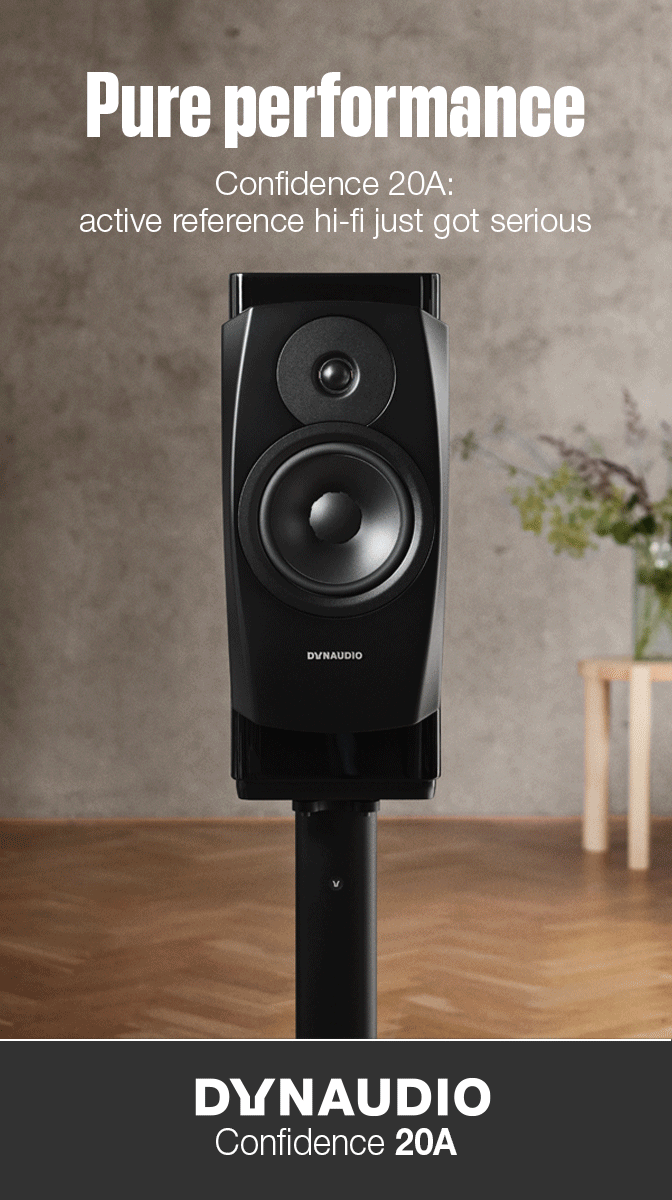
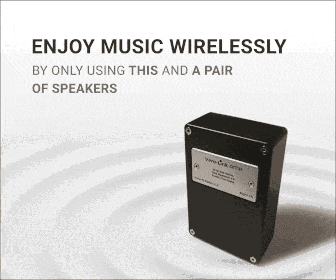
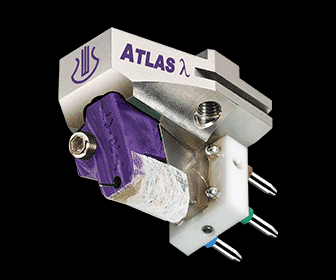

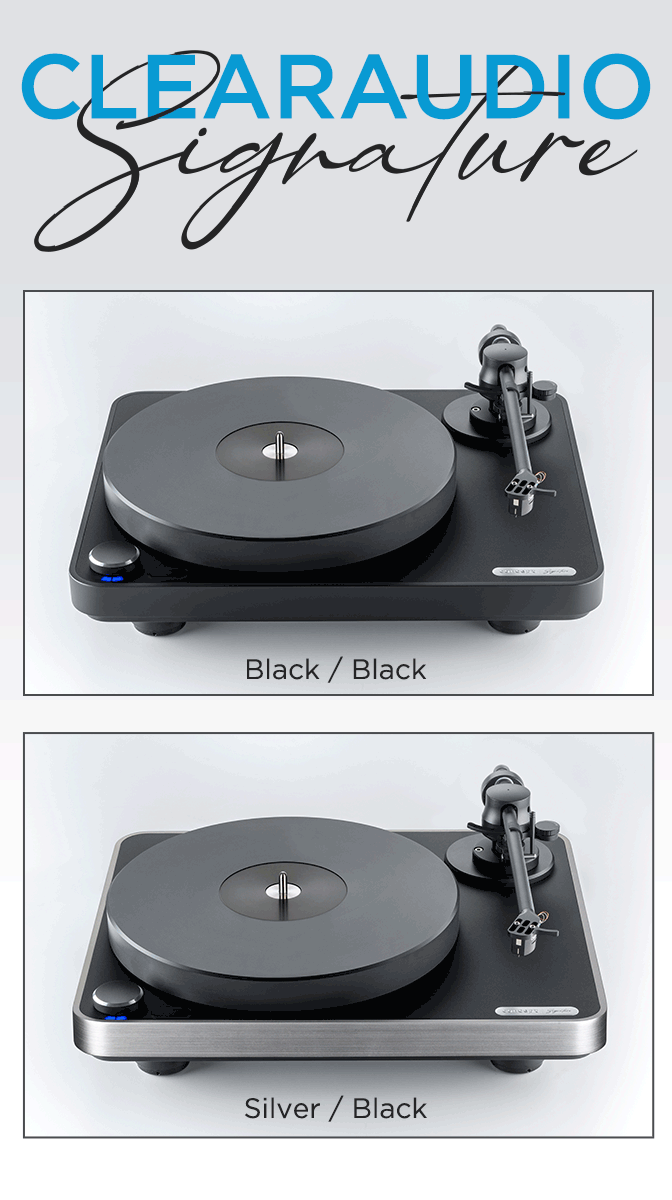


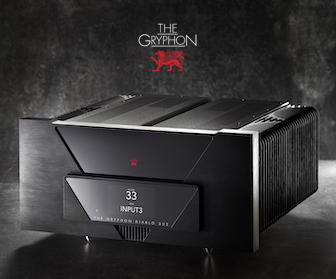
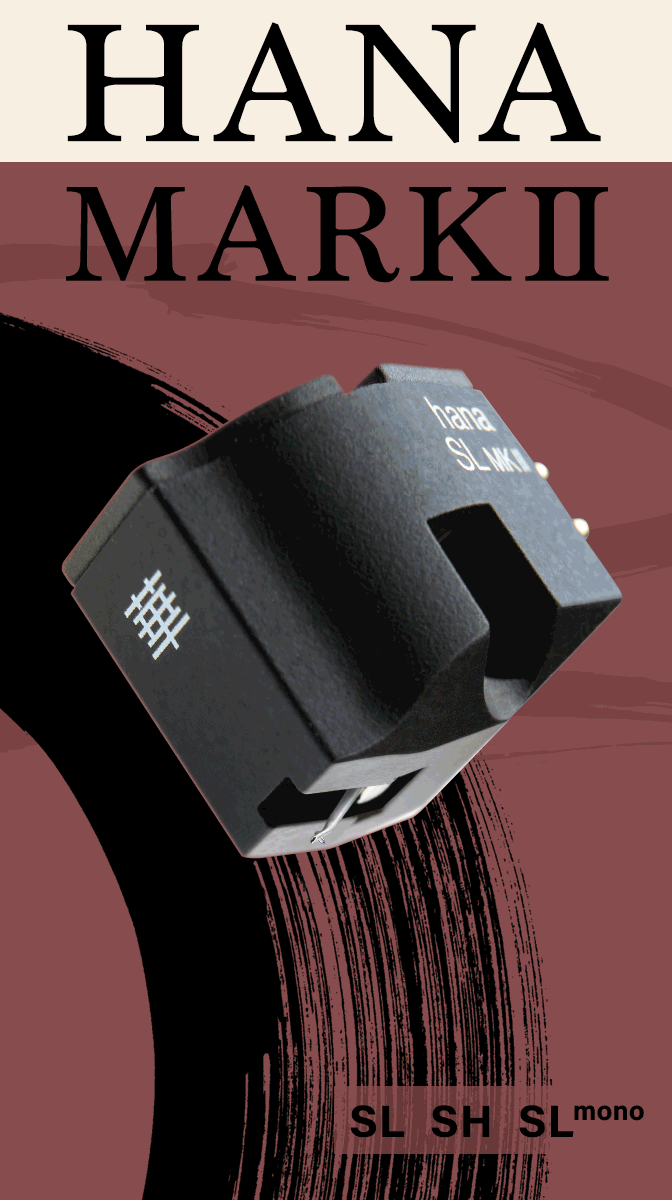


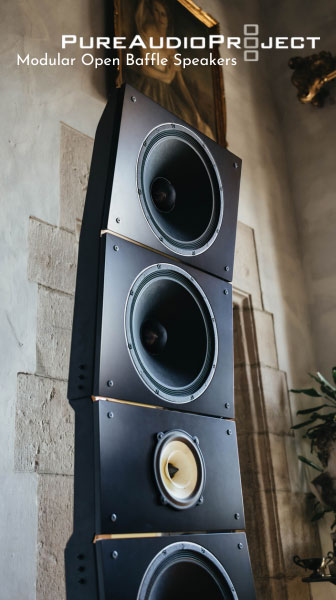
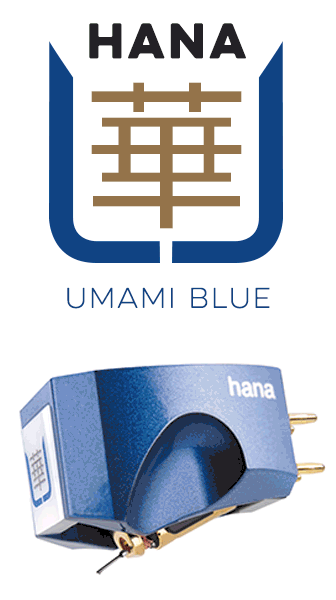





.png)








